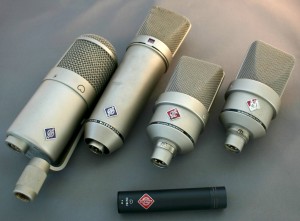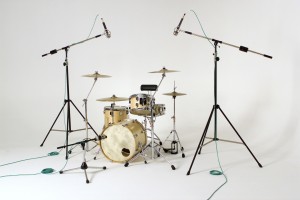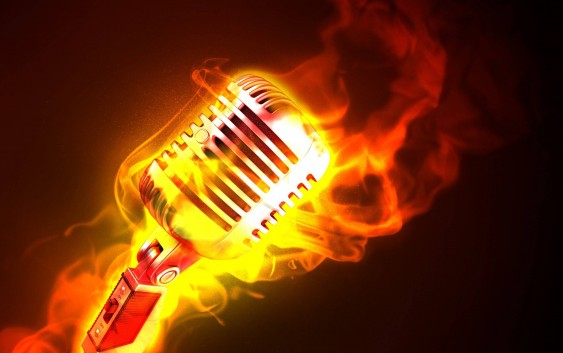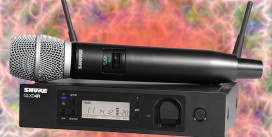As there are many different types of microphones and each appears to serve its own purpose, choosing the best mic may not be a simple task. Aside from the purpose of use, some mics tend to suit better for individual vocal techniques and or playing styles. In this aspect, mics can be compared to musical instruments. A good guitar player will probably have a couple of guitars at home and he will sometimes use one and not the other and same goes for mics. There are models with higher quality standards like those of Neumann that can probably satisfy any musician regardless, but it will still make sense to make some use distinctions.
Podcasting and voiceovers

For this purpose, you will need to use studio mics. Those are typically condenser type, and thus have a good amount of sensitivity to produce crispy and accurate speech recordings. Condenser mics typically have a better frequency response so they are capable of capturing natural-sounding voices. Unless you want to record multiple persons at once, you will need to use a directional type, e.g. cardioid in order to cancel some of the room noise. Do not forget about shock mounts and pop filters that can help reducing the unwanted sounds. Finally, you will have a choice of using an XLR mic + preamp or an integrated USB version. Although a USB mic will lack in terms of quality, it can be the simplest low-end solution that can as well be used in field.
Karaoke and stage singing
For live singing, the most logical solution would be a handheld microphone. Most common are dynamic microphones. You can also get a condenser handheld that delivers more crispiness and less color altogether, though such mics do have a higher price. Stationary mics are a bit less common for this purpose but can also occasionally be used. Some artists will use studio grade mics for live performance to get clearer voice, though it will never work for a moderately loud stage. If you expect being loud and noisy, pay attention to the things like gain before feedback and cut through. Cardioid mics will have a smother response but may not work that well in a very loud environment. In such scenario hypercardioid will perform better, but it may get you an overblown bass. If you like moving around the place, you may consider using a wireless mic, though it will cost significantly more, about 2-3 times of the price for a same quality output.
Instrument and vocal recording

Same as podcasting, you will need to use studio microphones. In this case though, you may want to get a bit of extra quality so do not skimp when choosing an appropriate model. Depending on your voice type or tonality of the instrument different models may be required, as some seem to work better for high end specter and vice-versa. Most decent quality microphones can deliver an excellent sound with both. Make it sure by looking at the frequency pattern. You want to get a flatter line in your working range. Take note, recording instrumental microphones aren’t advertised as such, but anything that works great for vocal will most likely work for the instruments too. In case with live performance, you can still use those studio mics for a quiet stage, but otherwise it’s better to stick with specialized or in-built mics for your particular instruments.
Drums
When recording drums, as a rule of thumb you need a mic designed for high sound pressure, especially when placed next to drums or cymbals. Some mics are not designed for such use, so they overload and produce harmonic distortions, which is the least thing you want. Both dynamic and condenser types are widely used. The same applies for different polar patterns. Some microphones make use of proximity effects to deliver a more prominent bass, particularly for kick drums. For a good drum recording in studios, they usually use individual mics for each particular drum or cymbal. The good thing, there are plenty of specialized mics that will fit this purpose. Above the drum set go the so-called overhead drums – usually two cardioid condensers, the same type as for vocal recording.
General beneficial factors
|
General negative factors
|







